Building independence in the bathroom is crucial to a child’s development. This article explores effective strategies for encouraging independence in the bathroom, empowering children to build confidence and essential life skills.
As toddlers transition into toilet training and personal hygiene, building their independence in the bathroom is important to their development. Encouraging autonomy in this self-care area empowers toddlers. It cultivates a sense of confidence and responsibility that will serve them throughout their lives. The bathroom can be a place of curiosity and apprehension for young children, and parents play a crucial role in creating a supportive and nurturing environment. In this guide, we will look into the art of encouraging independence in the bathroom. It will also offer insights into age-appropriate tasks, strategies for toilet training, and hygiene routines that empower toddlers to take control. This will ultimately set the stage for a more confident journey through childhood.
1. Creating a Child-Friendly Bathroom Environment
a. Child-Safe Design
Encouraging independence in the bathroom begins with creating a child-friendly environment. Make sure the bathroom is bright, tidy, and safe, so children can move around comfortably in the space.
b. Accessible Tools and Supplies
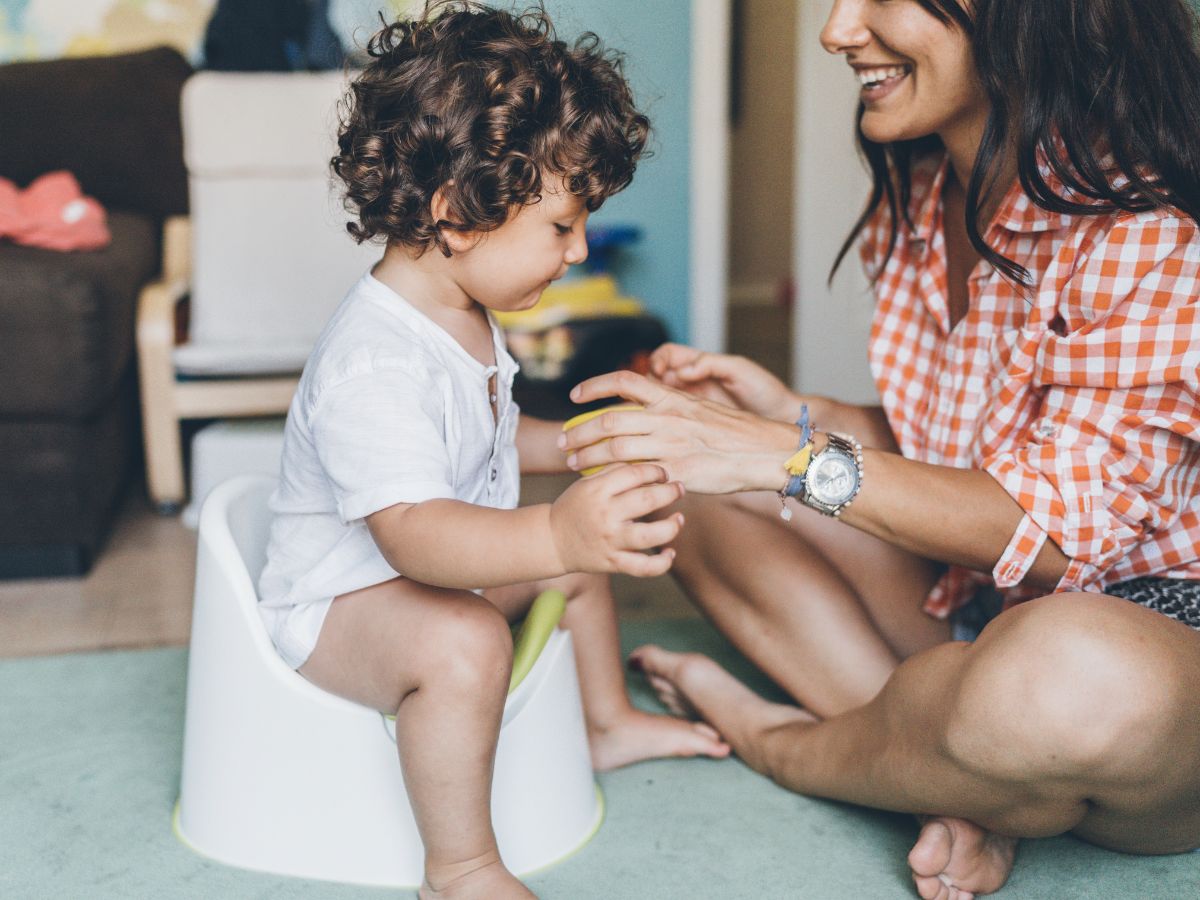
Make necessary tools and supplies accessible to children. Use step stools for reaching sinks and ensure that towels, soap, and toilet paper are within easy reach. This accessibility promotes self-sufficiency in daily hygiene routines.
2. Independence in the Bathroom: Establishing Consistent Routines
a. Routine as a Foundation
Consistent routines are the cornerstone of encouraging independence in the bathroom. Establish set times for bathroom breaks, handwashing, and toothbrushing. Predictability helps children feel secure and promotes a sense of responsibility.
b. Visual Aids for Guidance

Use visual aids, such as charts or pictures, to illustrate bathroom routines. This visual guidance helps in understanding the sequence of tasks, and building independence as children can follow the steps independently.
3. Independence in the Bathroom: Potty Training with Patience and Encouragement
a. Introducing the Potty
The transition from diapers to the potty is essential in building independence. Introduce the potty gradually, allowing the child to familiarize themselves with this new element. Encourage sitting on the potty, even if there’s no immediate need.
Also read: Diapers To Underwear: A Parent’s Guide To Potty Training
b. Positive Reinforcement and Celebration

Celebrate small victories during potty training, using positive reinforcement like praise or small rewards. This encouragement reinforces that using the potty independently is an accomplishment, building the child’s confidence.
Also read: Navigating The Path Of Potty Training Readiness
4. Teaching Proper Handwashing Techniques
a. Modelling Handwashing
Demonstrate proper handwashing techniques to children. Model the steps, emphasizing the use of soap and thorough rinsing. Children often learn best by observing, and this visual guidance promotes the development of independent handwashing skills.
b. Handwashing as a Fun Ritual
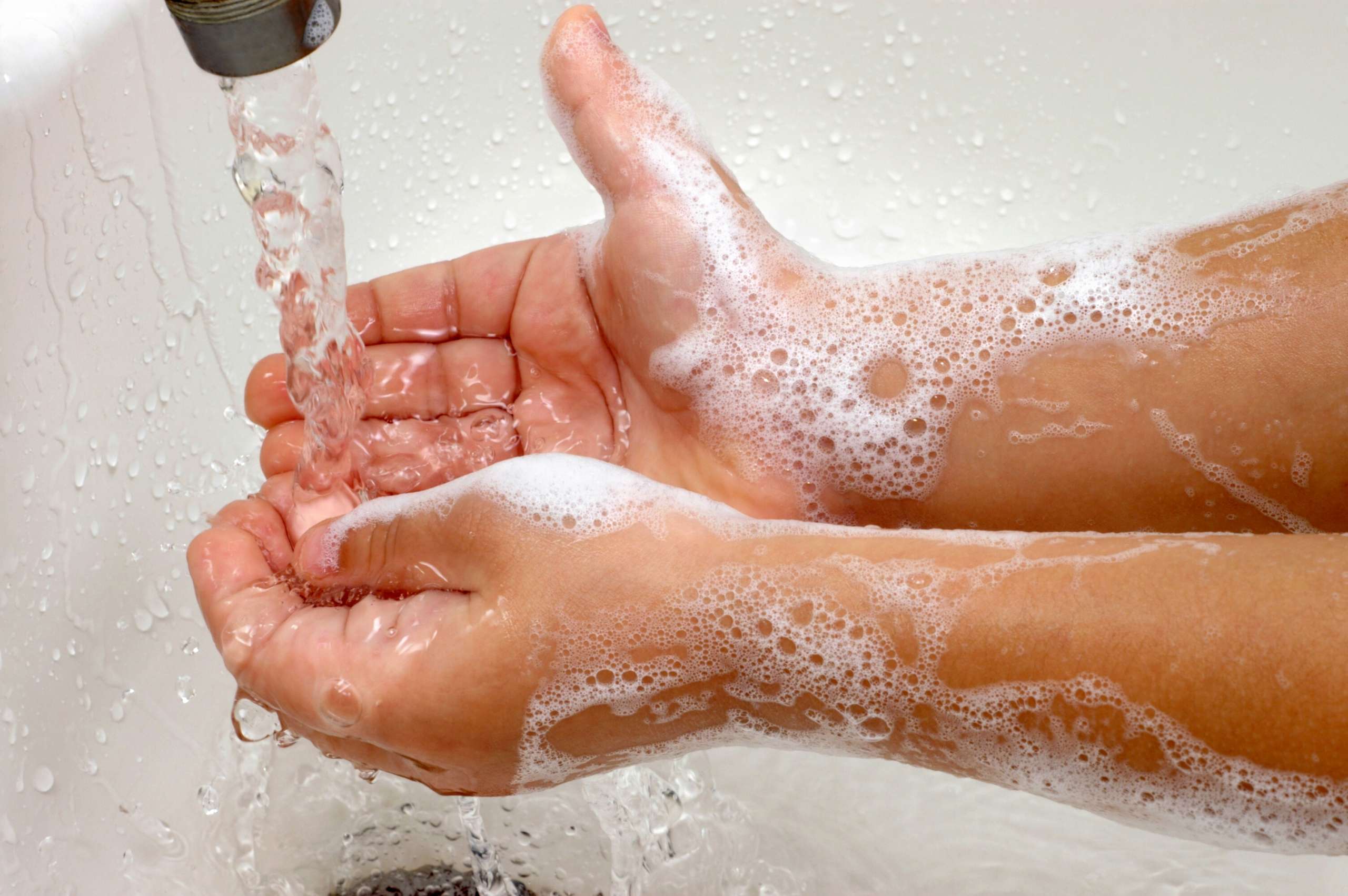
Turn handwashing into a fun and engaging ritual. Provide colourful soap, sing a handwashing song, or use a timer to ensure sufficient washing time. Transforming routine tasks into enjoyable activities encourages children to take charge of their hygiene.
Also read: Encouraging Healthy Habits: Hygiene For Preschoolers
5. Introducing Toothbrushing Independence
a. Selecting Child-Friendly Tools
Choose child-friendly toothbrushes and toothpaste with appealing flavours. Allowing children to select their dental tools gives them a sense of ownership and makes the experience more enjoyable, encouraging independence in oral hygiene.
b. Supervised Brushing Followed by Solo Attempts
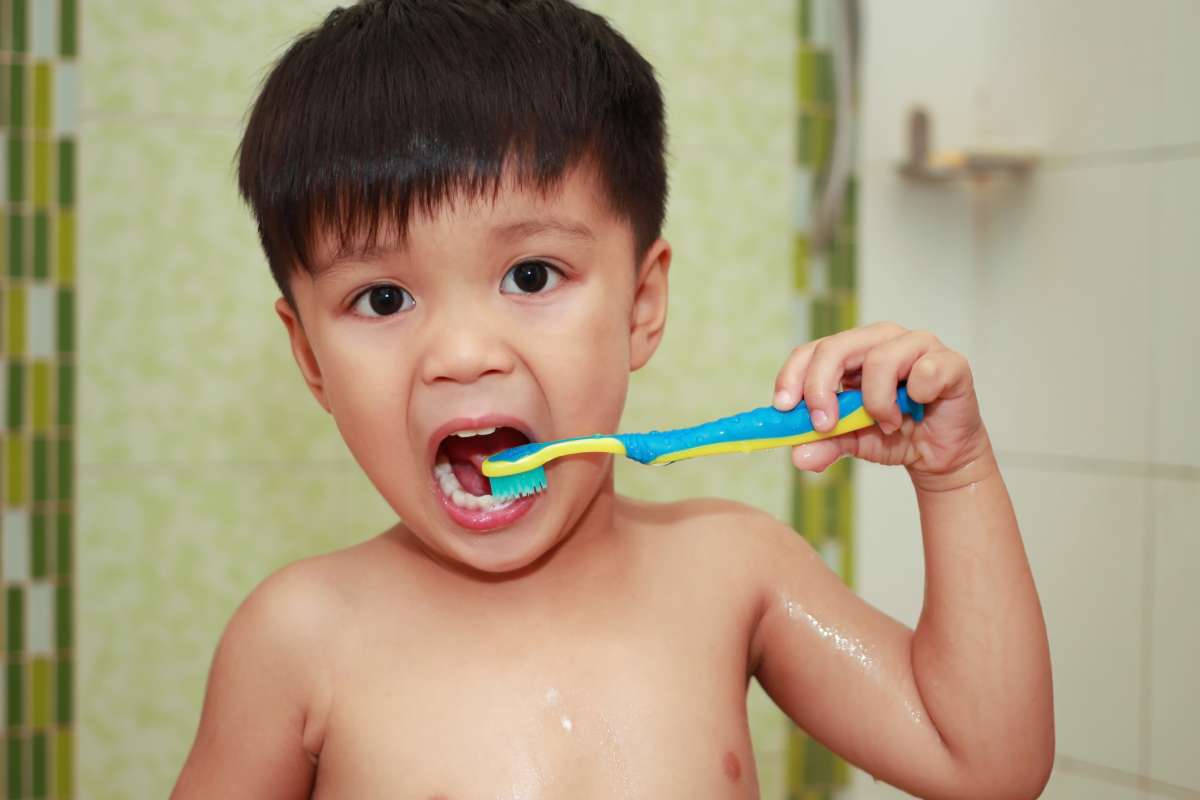
Begin with supervised brushing to ensure proper technique. Gradually transition to solo attempts, offering guidance as needed. This step-by-step approach empowers children to take responsibility for their oral health.
6. Handling Accidents and Encouraging Cleanup
a. Accident Preparedness
Accidents are a part of the learning process. Be prepared for occasional spills or messes, and respond with patience and understanding. Encourage children to communicate their needs and reassure them that accidents happen.
b. Teaching Cleanup Skills
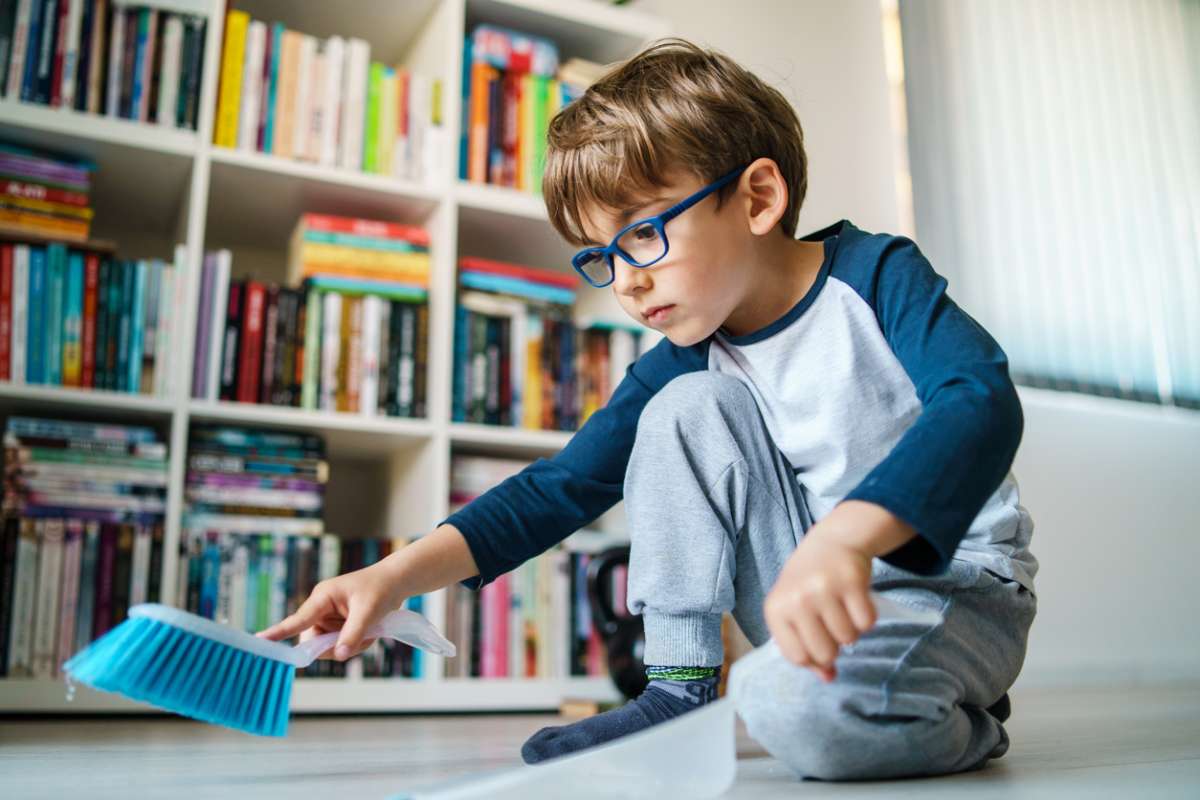
Include cleanup skills in bathroom routines. Teach children to wipe surfaces, dispose of used tissues, and organize their bathroom space. These skills instil a sense of responsibility and contribute to the overall goal of independence.
7. Transitioning to Independent Clothing Management
a. Choosing Easy-to-Manage Clothing
Select clothing that is easy for children to manage independently. Elastic waistbands, Velcro fasteners, and loose-fitting styles simplify the dressing and undressing process, promoting autonomy in handling personal attire.
b. Encouraging Dressing Independence
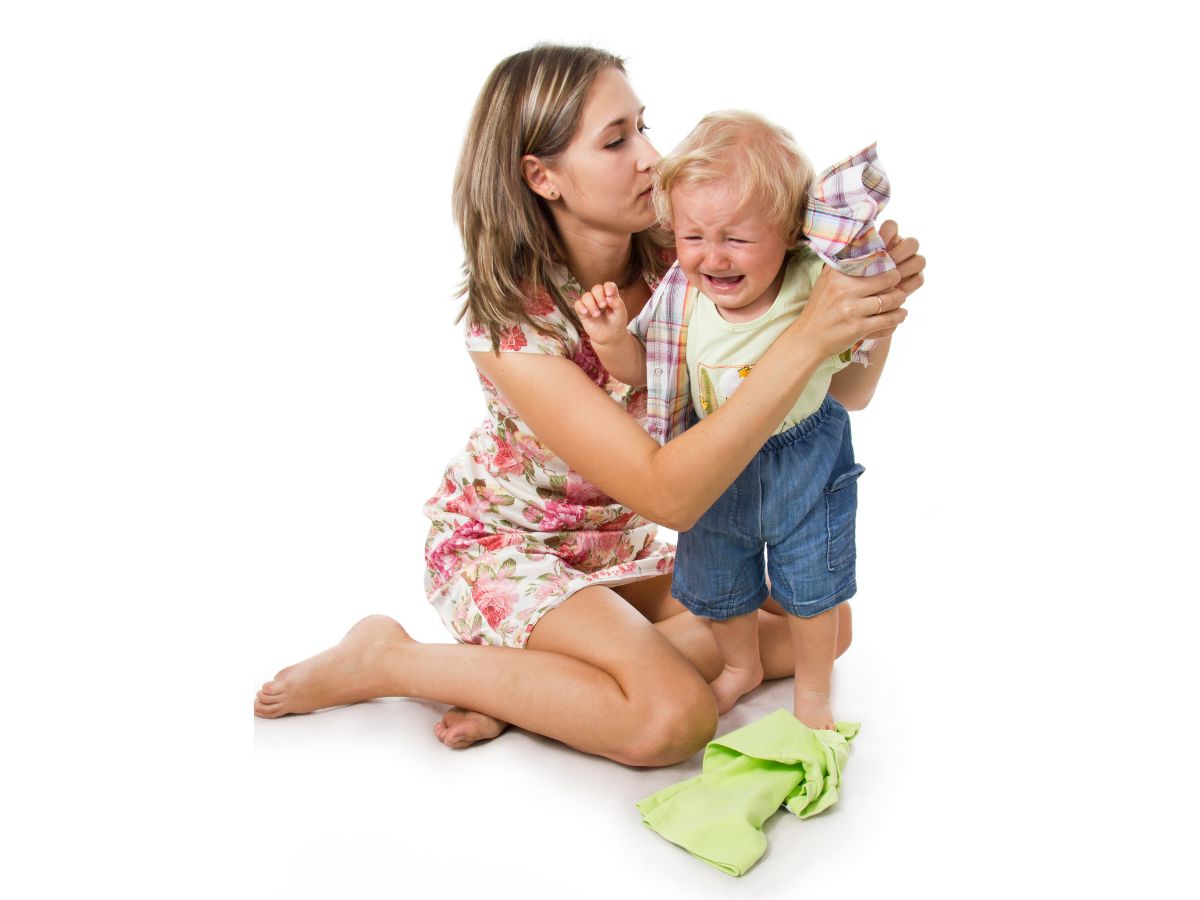
Encourage children to dress themselves. Start with simple tasks like putting on socks or pulling up pants and gradually progress to more complex clothing items. This step-by-step approach builds confidence in dressing skills.
8. Safety Measures for Independence
a. Child-Proofing the Bathroom
Prioritize safety measures to promote independence. Child-proof cabinets containing hazardous items, secure heavy furniture, and install non-slip mats in the bathtub. A safe environment allows children to explore and develop skills with confidence.
b. Emergency Protocols
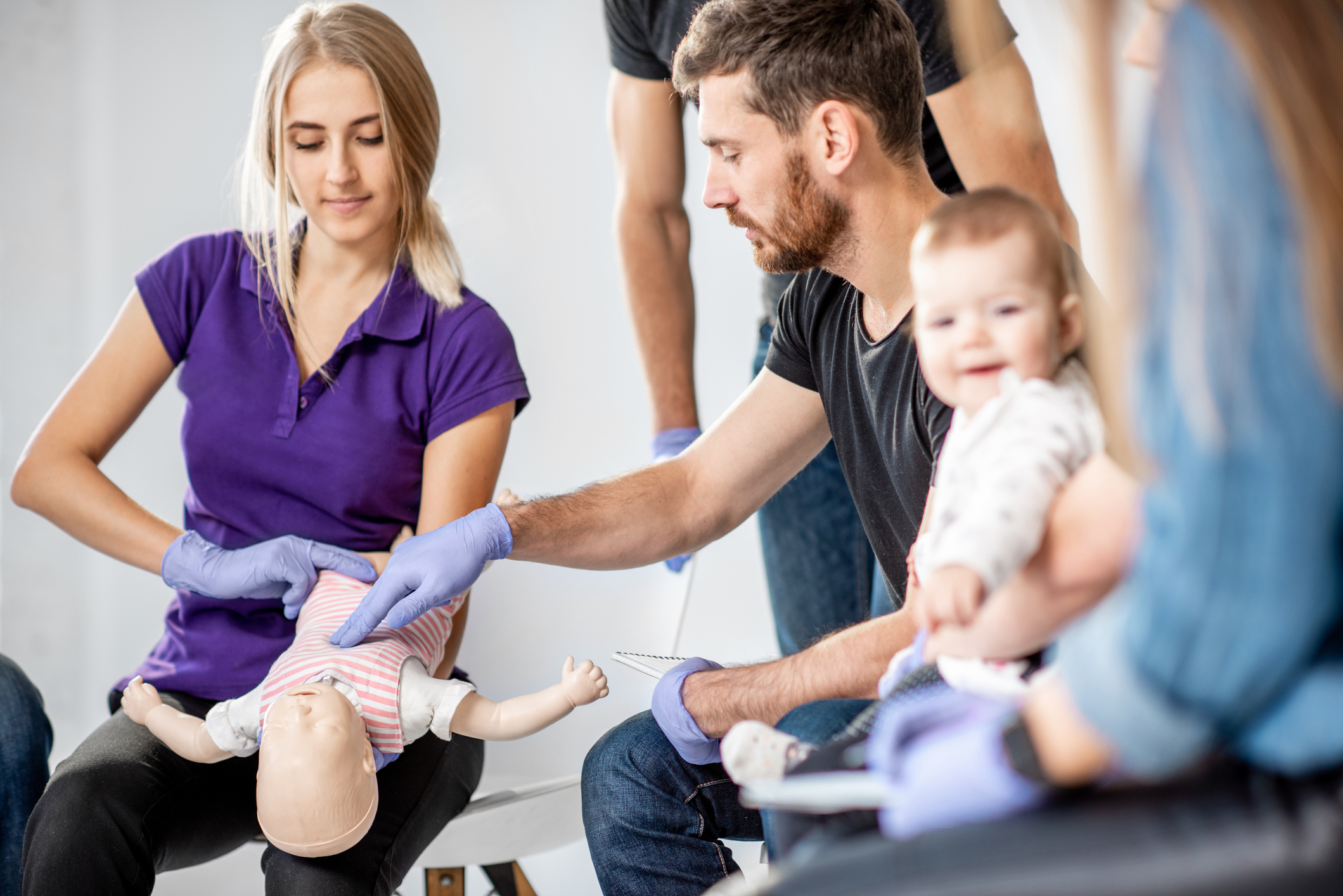
Include teaching emergency protocols into independence-building strategies. Ensure children know how to call for help and understand basic first-aid measures. This knowledge enhances their safety and empowers them to handle unforeseen situations.
9. Independence in the Bathroom: Celebrating Milestones and Progress
a. Recognizing Achievements
Celebrate milestones, no matter how small. Whether it is successful potty training, mastering handwashing, or dressing independently, acknowledging achievements boosts children’s self-esteem and motivates continued efforts.
b. Gradual Independence Transition
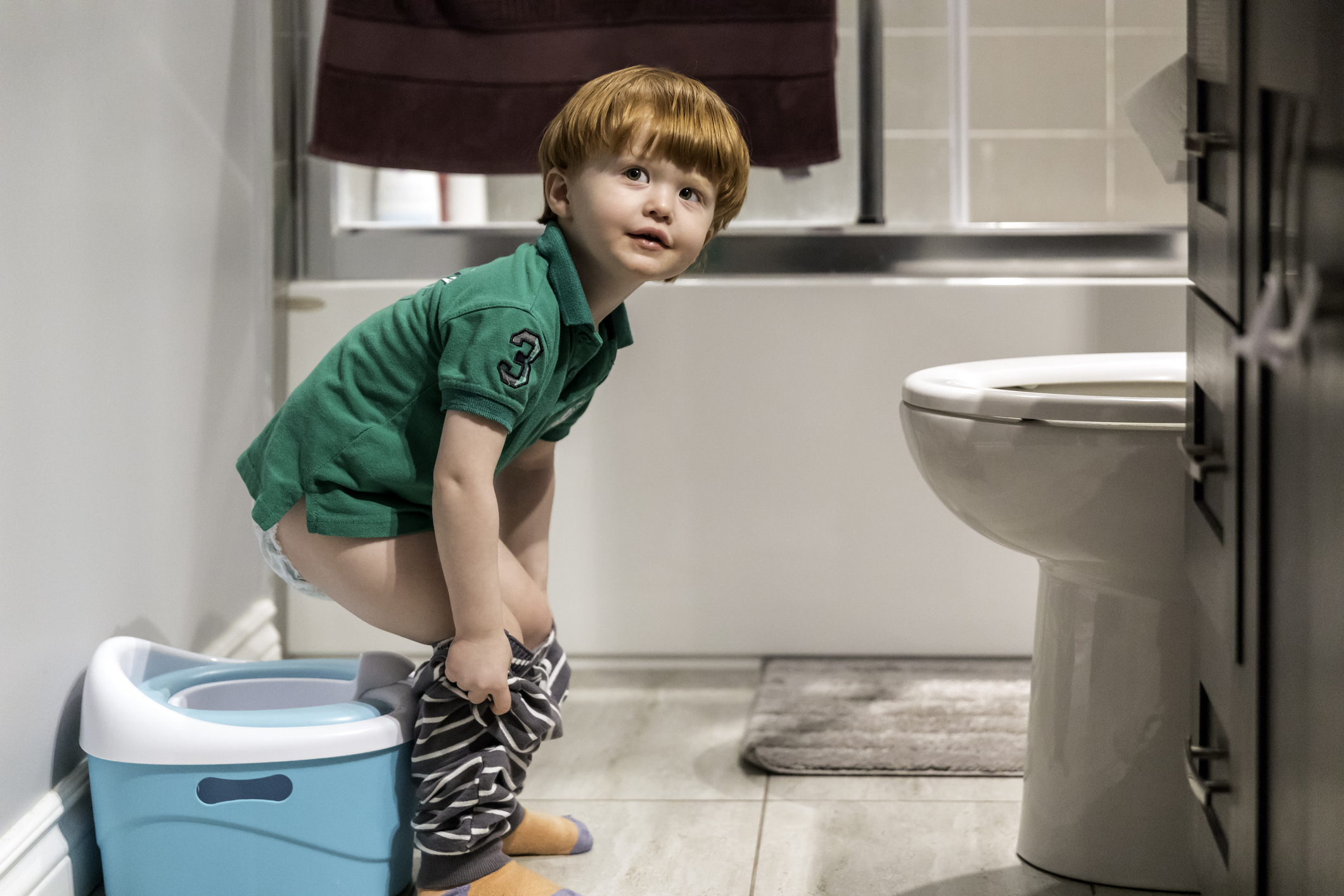
As children demonstrate increased independence, gradually allow them more independence in the bathroom. This transition, marked by trust and encouragement, empowers children to take charge of their care with pride.
Encouraging independence in the bathroom is an essential aspect of a child’s development. Parents play a crucial role in building independence. They do so by creating a child-friendly environment, establishing consistent routines, and teaching essential skills such as potty training, handwashing, and dressing. Safety measures, recognizing achievements, and celebrating progress contribute to building a foundation of confidence that extends beyond the bathroom. Ultimately, guiding children towards independence in personal care sets the stage for their journey of self-discovery and capability.
